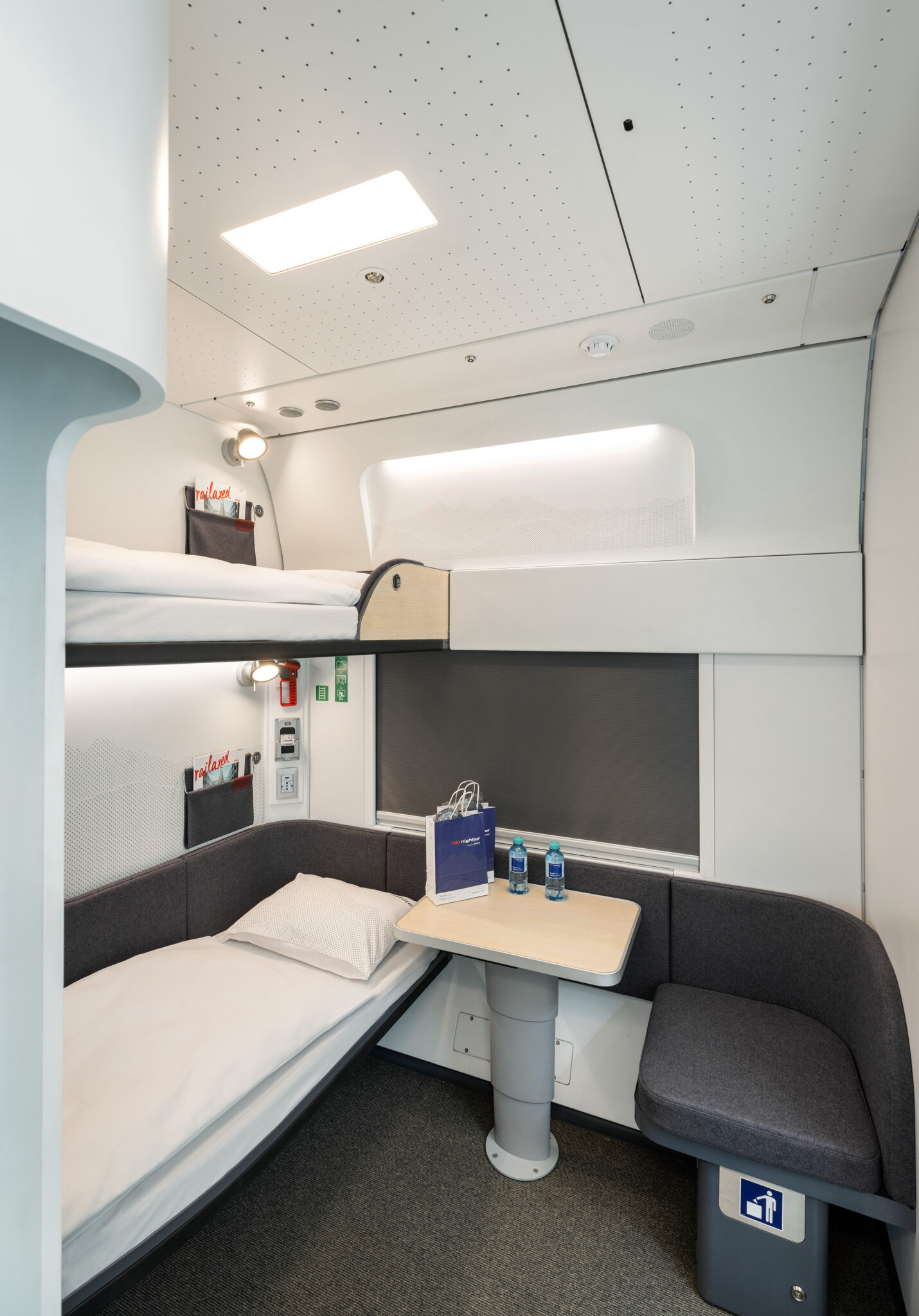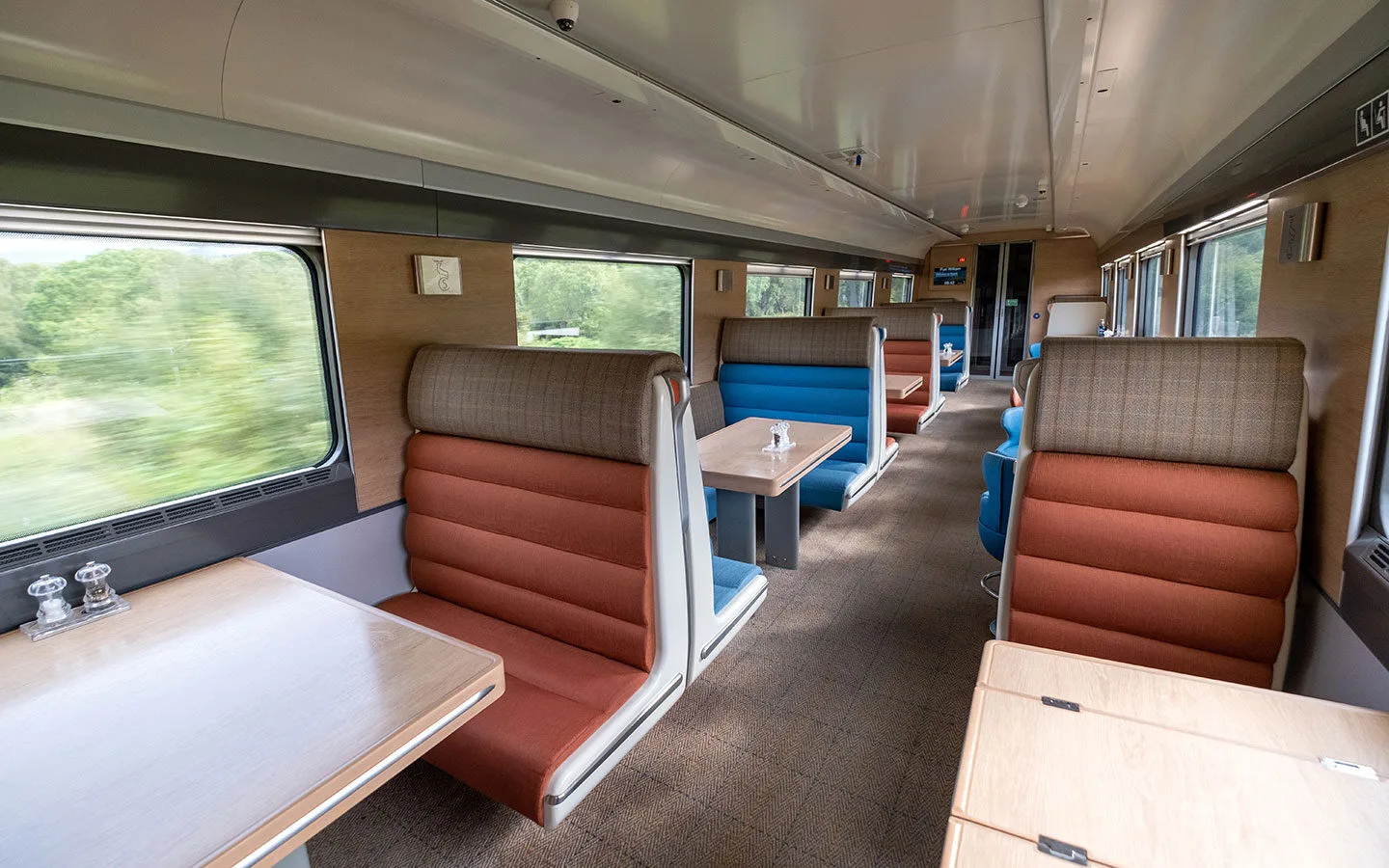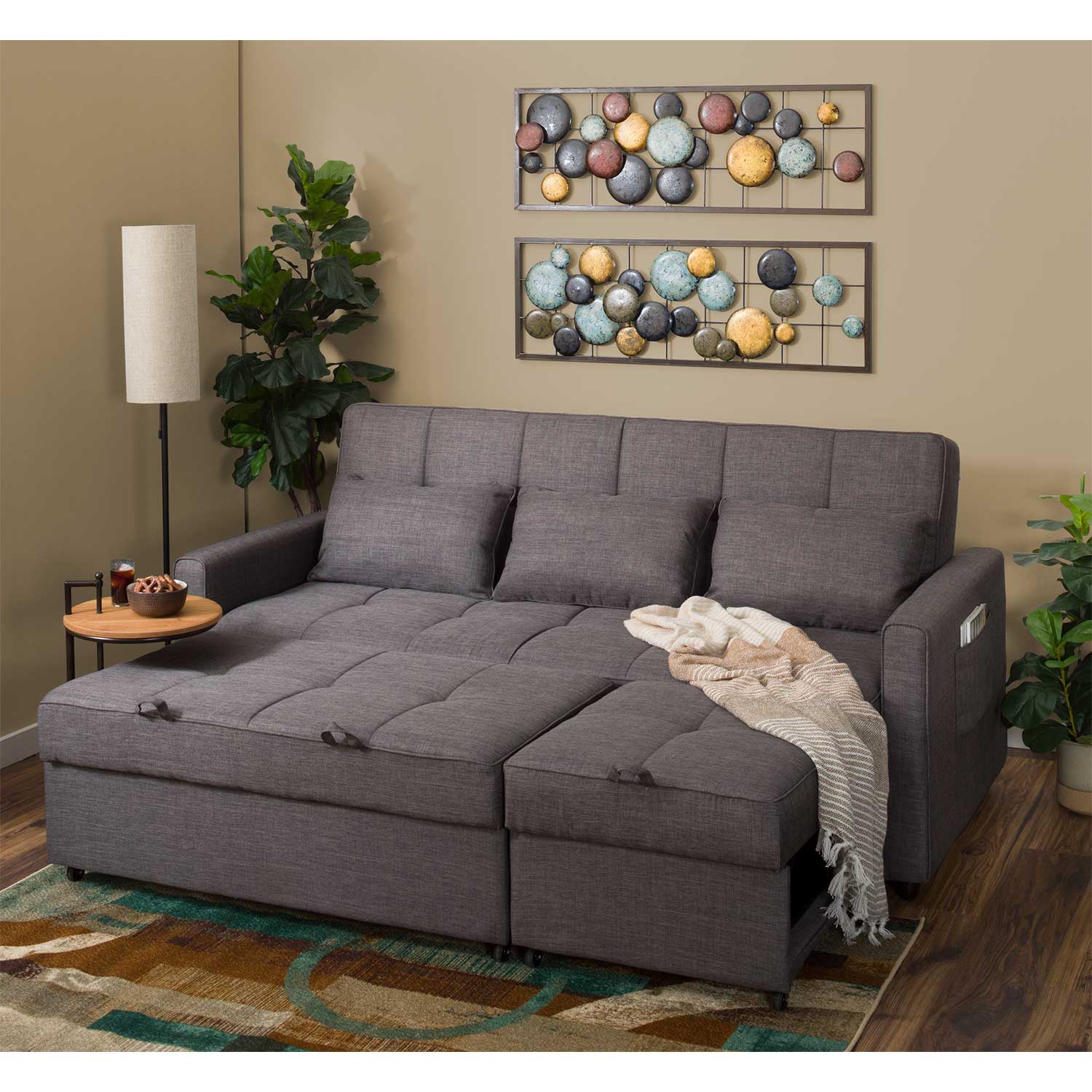Sleeper Straight Trucks For Sale: Your Comprehensive Guide to Finding the Perfect Rig pickup.truckstrend.com
Introduction: The Road to Comfort and Efficiency
For many in the logistics and transportation industry, the "straight truck" is the workhorse of choice, known for its versatility and maneuverability in various delivery scenarios. But for those who face long hauls, multi-day routes, or simply prefer the convenience of an on-board resting solution, the sleeper straight truck emerges as an indispensable asset. These specialized vehicles combine the robust cargo capabilities of a traditional straight truck with an integrated living or resting area, allowing drivers to maximize their uptime, reduce expenses on motels, and maintain a healthier, more productive lifestyle on the road.
Sleeper Straight Trucks For Sale: Your Comprehensive Guide to Finding the Perfect Rig
Whether you’re an owner-operator looking to expand your capabilities, a small business seeking to optimize your delivery fleet, or an aspiring truck driver eager to hit the open road with all the comforts of home, understanding the market for sleeper straight trucks for sale is crucial. This comprehensive guide will navigate the intricacies of these unique vehicles, helping you make an informed and strategic purchase.
What is a Sleeper Straight Truck?
A straight truck, often referred to as a box truck or a cube van, is a single-unit vehicle where the cab and the cargo area are mounted on the same chassis. Unlike a semi-truck (tractor-trailer) which involves a separate power unit (tractor) pulling a detachable trailer, a straight truck’s cargo area is permanently attached.
A sleeper straight truck takes this concept a step further by integrating a dedicated sleeping or resting compartment directly behind the driver’s cab. This sleeper unit can range from a basic bunk to a fully equipped living space with amenities like a bed, storage, climate control, and sometimes even a small refrigerator or microwave. This design allows drivers to legally and comfortably rest within their vehicle, adhering to Hours of Service (HOS) regulations and improving overall operational efficiency for routes that extend beyond a single day’s drive.
Why Choose a Sleeper Straight Truck? The Benefits Unpacked
The decision to invest in a sleeper straight truck comes with a host of advantages for both drivers and businesses:
- Driver Comfort and Well-being: The most immediate benefit is providing drivers with a comfortable, private space to rest, recover, and manage personal needs. This significantly reduces fatigue, improves alertness, and contributes to overall driver satisfaction and retention, especially critical in today’s competitive trucking industry.
- Enhanced Productivity and Reduced Downtime: With a sleeper unit, drivers can pull over and rest whenever needed, maximizing their driving hours within HOS limits without the constant search for motels or hotels. This translates to more efficient routes, fewer delays, and ultimately, more deliveries.
- Cost Savings: Eliminating or significantly reducing motel expenses over time can lead to substantial savings for owner-operators and fleets. Additionally, drivers can prepare their own meals, further cutting down on travel costs.
- Versatility in Operations: Sleeper straight trucks are ideal for a variety of applications, including expedited freight, specialized deliveries, long-distance less-than-truckload (LTL) shipments, and even certain types of regional hauling where overnight stays are common. Their single-unit design often allows for easier maneuverability in urban environments or at tight delivery points compared to tractor-trailers.
- Compliance with Regulations: Having an approved sleeping berth allows drivers to utilize their sleeper time for HOS compliance, enabling longer continuous duty cycles without violating regulations.


Key Considerations When Evaluating Sleeper Straight Trucks For Sale
Purchasing a sleeper straight truck is a significant investment that requires careful evaluation. Here are the critical factors to consider:
1. Truck Specifications and Performance
- Engine & Transmission: Match the horsepower, torque, and transmission type (manual or automatic) to your typical load weights, terrain, and driver preferences. Fuel efficiency is a major ongoing cost factor.
- Axle Configuration & GVWR: Determine if you need a single rear axle or tandem axles based on your expected Gross Vehicle Weight Rating (GVWR) and cargo capacity needs. Ensure the GVWR matches your intended loads and licensing requirements.
- Wheelbase: A longer wheelbase generally provides a smoother ride and more stability, while a shorter one offers better maneuverability in tight spaces.
- Brakes: Air brakes are standard on heavier trucks; ensure they are in good working order.

2. Sleeper Features and Amenities
- Sleeper Size: Sleepers vary from compact "day cab" extenders with a small bunk to full-sized integral sleepers with stand-up room. Consider single or double bunks based on whether you’ll have a team driver.
- Interior Amenities: Look for features like comfortable mattresses, ample storage (cabinets, closets), power outlets (AC/DC), a small refrigerator, microwave space, and a proper HVAC system (auxiliary power units – APUs – are excellent for climate control without idling the main engine).
- Insulation & Soundproofing: Good insulation is crucial for temperature regulation and noise reduction, improving sleep quality and comfort.
3. Cargo Area Type and Condition
The type of cargo body is paramount to your operation. Common types for sleeper straight trucks include:
- Dry Van: For general freight, protected from elements.
- Refrigerated (Reefer): For temperature-sensitive goods.
- Flatbed: For oversized or irregularly shaped cargo that can be secured.
- Curtainside: Offers protection like a dry van but with easier side loading/unloading.
- Liftgate: Essential for deliveries to locations without loading docks.
Assess the condition of the cargo area for damage, leaks, or wear that could impact your operations.
4. Truck’s Overall Condition & Maintenance History
This is paramount for used trucks.
- Service Records: Request detailed maintenance logs. This provides insight into how well the truck was cared for.
- Pre-Purchase Inspection: Always hire a qualified, independent mechanic to perform a thorough inspection. This can uncover hidden mechanical issues, structural damage, or potential safety concerns.
- Tires & Brakes: Inspect tire tread depth and even wear. Check brake pads, drums/rotors, and air lines.
- Fluid Leaks: Look for oil, coolant, or hydraulic fluid leaks.
- Frame & Suspension: Check for cracks, rust, or damage to the chassis and suspension components.
5. Mileage and Age
While lower mileage and newer models generally command higher prices, a well-maintained older truck can be a cost-effective option. Balance the initial cost with anticipated lifespan, potential repair costs, and depreciation. For many commercial trucks, 500,000 miles is often considered a mid-life point, but some can run well over a million with proper care.
6. Dealer vs. Private Seller
- Dealerships: Often offer financing, warranties (on newer used trucks), and a wider selection. Prices may be higher.
- Private Sellers: Potentially lower prices, but typically no warranties and the transaction might be more complex. Buyer beware is critical here.
7. Budget and Financing
Beyond the purchase price, factor in sales tax, registration fees, insurance, immediate maintenance needs, and potential upgrades. Explore financing options through banks, credit unions, or specialized commercial truck lenders.
Where to Find Sleeper Straight Trucks For Sale
The market for sleeper straight trucks for sale is diverse. Here are the primary avenues to explore:
- Online Marketplaces: Websites like TruckPaper.com, CommercialTruckTrader.com, MyLittleSalesman.com, and RitchieSpecs.com offer extensive listings from dealers and private sellers across North America.
- Commercial Truck Dealerships: Both new and used truck dealerships often have a dedicated inventory of straight trucks, including sleeper models. They can offer financing and sometimes warranties.
- Auctions: Online and live auctions (e.g., Ritchie Bros. Auctioneers, IronPlanet) can be a source for good deals, but require careful inspection as vehicles are often sold "as-is."
- Fleet Sales: Large companies or rental agencies (e.g., Ryder, Penske) frequently cycle out older trucks from their fleets, often well-maintained, and sell them directly to the public.
- Brokers: Commercial truck brokers can help you locate specific types of trucks based on your requirements.
The Buying Process: A Step-by-Step Guide
- Define Your Needs: Clearly outline the type of cargo, typical routes, required cargo capacity, and desired sleeper amenities.
- Set a Realistic Budget: Include not just the purchase price, but also taxes, insurance, licensing, and an emergency fund for initial maintenance.
- Research and Shortlist: Use online resources and local dealerships to identify potential candidates that meet your criteria.
- Thorough Inspection: For any serious contender, arrange a physical inspection. For used trucks, a professional pre-purchase inspection is non-negotiable.
- Test Drive: Drive the truck under various conditions, if possible. Pay attention to engine performance, transmission shifting, braking, steering, and overall ride comfort.
- Negotiate Price: Don’t be afraid to negotiate. Have comparable listings or inspection findings to back up your offer.
- Review Paperwork: Verify the title is clear, check for any liens, and ensure the VIN matches all documents.
- Arrange Financing & Payment: Secure your loan or prepare for full payment.
- Insurance & Registration: Get the truck insured before you take possession, and complete all necessary state/provincial registration.
Common Challenges and Solutions
- Finding the "Perfect" Spec: The variety can be overwhelming. Solution: Prioritize your non-negotiables (e.g., reefer unit, specific GVWR) and be flexible on secondary features.
- Hidden Mechanical Issues: Especially with used trucks. Solution: A comprehensive pre-purchase inspection by an independent mechanic is your best defense.
- Securing Financing: Commercial truck loans can be different from personal loans. Solution: Shop around with multiple lenders, including those specializing in commercial vehicle financing. A strong business plan and credit history will help.
- Market Fluctuations: Prices can vary based on demand, fuel costs, and economic conditions. Solution: Be patient and set alerts for new listings that match your criteria.
- Ongoing Maintenance Costs: Trucks are expensive to maintain. Solution: Factor in a substantial budget for preventative maintenance and unexpected repairs. Regular checks and proactive service can save money in the long run.
Price Table: Sleeper Straight Trucks For Sale (Estimated Ranges)
Note: Prices for sleeper straight trucks for sale vary dramatically based on make, model, year, mileage, engine size, transmission type, cargo body type (dry van, reefer, flatbed), sleeper amenities, overall condition, and market demand. The table below provides broad estimated ranges for general guidance only and should not be considered definitive pricing.
| Condition/Age Category | Example Make/Model | Typical Price Range (USD) | Key Features / Notes |
|---|---|---|---|
| Category | Truck Example | Estimated Price Range (USD) | Key Features & Notes |
| :————- | :—————- | :—————————— |



